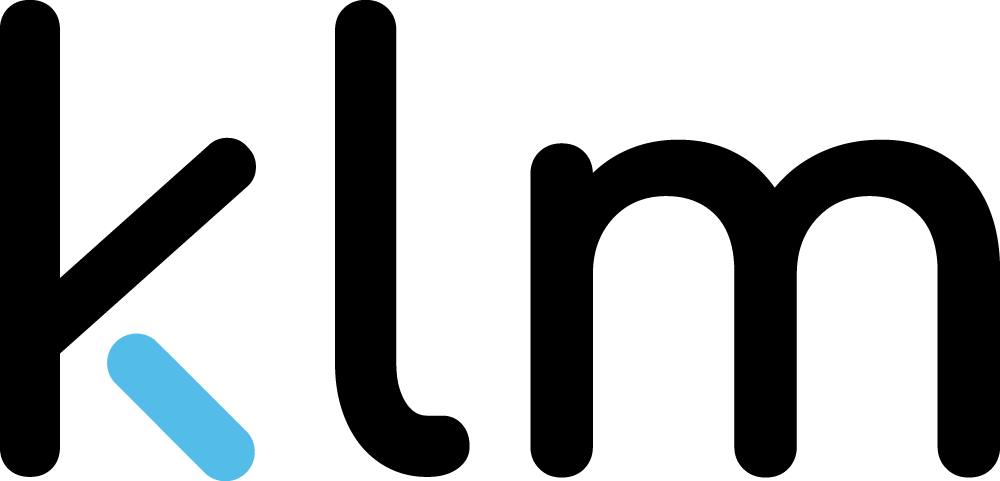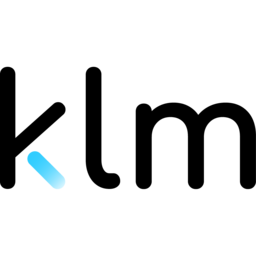Since accounting is very much to do with providing information to assist users of financial information to make sound decisions, financial reporting needs to be different in order to serve the different users.
Major groups of financial report users for a financial institution are:-
- Shareholders
- Account holders and depositors (Clients of the bank)
- Borrowers and others who transact with the bank
- Regulatory bodies.
Now that Islamic banking uses a different set of accounting principles, mainly due to their different product characteristics and participation levels, it is just natural to expect different disclosure requirements within the financial statements for Islamic banks. This does not mean a reject of conventional accounting and reporting standards but rather requiring disclosure of additional information for the different sets of users.
In addition to the many user groups mentioned above, there are 2 additional distinct groups of users who are specific to Islamic banking, namely (i) Holders of investment accounts and (ii) Zakat agencies.
Given the many user groups, reports within the financial statement of an Islamic bank need to be broad enough to address the different requirements of these groups. They can be summarized to 7 sets of reports:-
- Income Statement
- Statement of Financial Position (Balance Sheet)
- Statement of Changes in Shareholders’ Equity
- Cash Flow Statement
- Statement in Changes in Restricted Investments and their Equivalent
- Statement of Sources and Uses of Zakat and Charity Fund
- Statement of Sources and Uses of Qard Fund
While the first 4 reports seemed the same as conventional banking, presentations are rather different mainly because of certain distinct definitions of items within Islamic banking environment. The last 3 reports are unique to Islamic banking.


